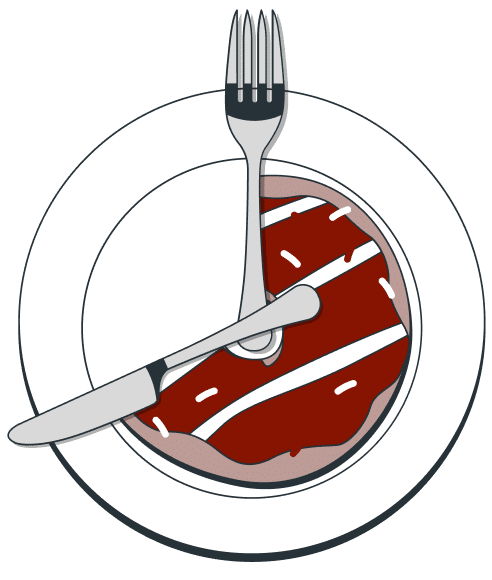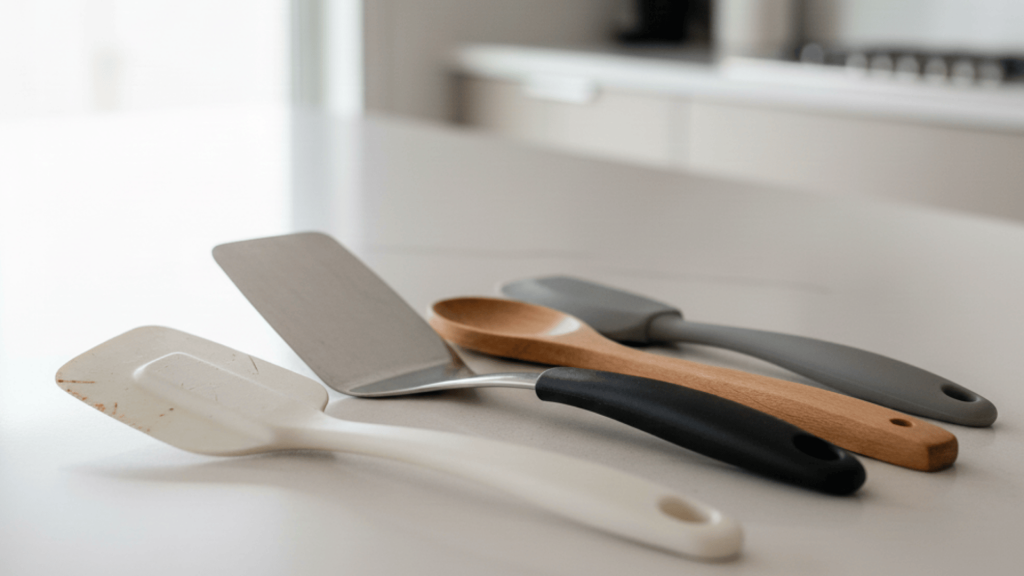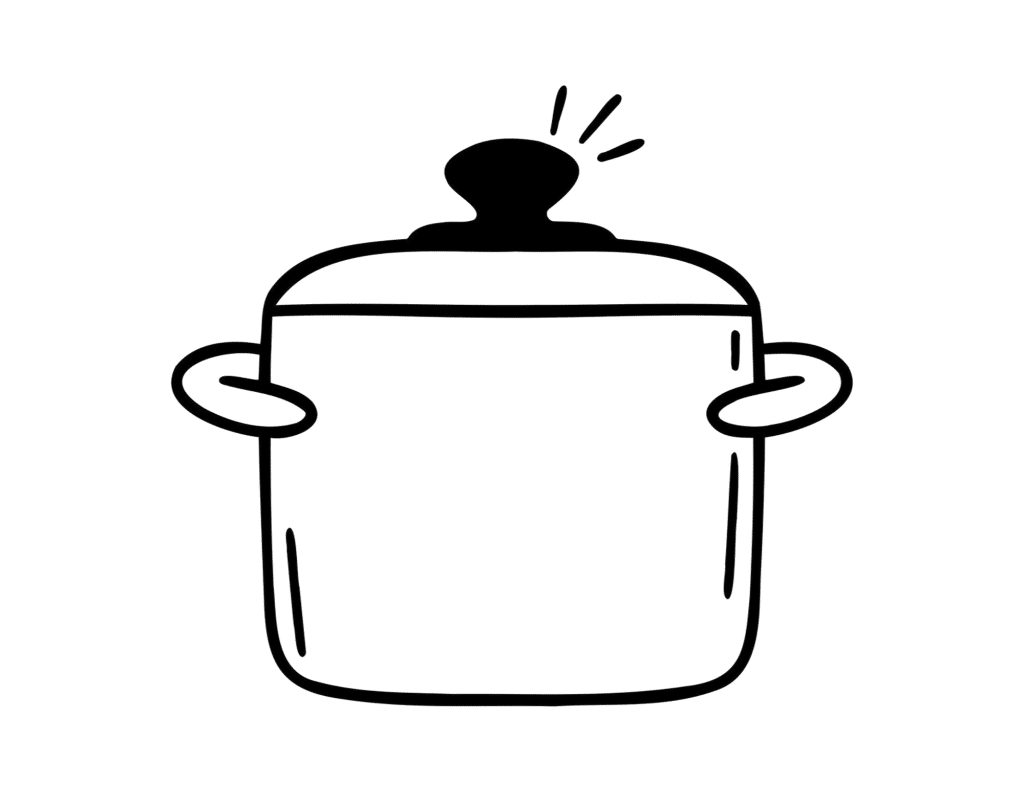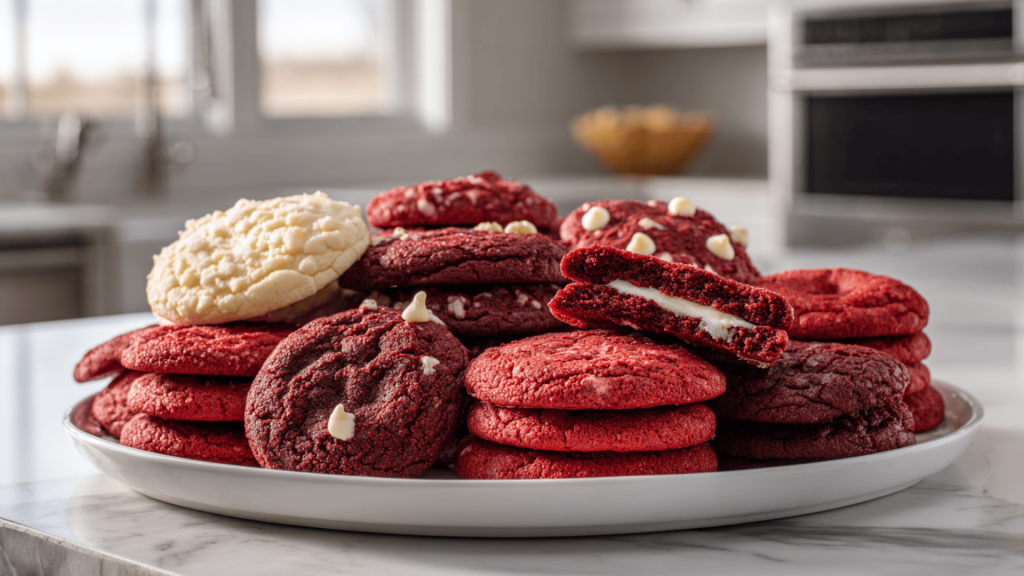That plastic spatula you’re using might be slowly poisoning your family. This sounds scary, but it’s true.
Most people grab any spoon or spatula without thinking twice. Then they learn some cooking tools can leak harmful chemicals into food.
This changes everything.
Your family deserves better than mystery chemicals with dinner. The good news? You don’t need to throw out your entire kitchen or spend a fortune.
After months of research, the safest materials for cooking utensils have been found. Some findings are surprising. Others just make sense.
This guide will share the top non-toxic materials that keep your food clean and your family healthy. You’ll learn which ones work best for different cooking styles.
Let’s make your kitchen a safer place to cook.
What Makes a Cooking Utensil Material Safe or Unsafe?
Not all kitchen tools are created equal. Some can harm your health without you even knowing it.
Non-toxic kitchenware won’t leak harmful chemicals into your food. It stays stable when heated and doesn’t break down over time.
Safe materials keep their shape and don’t change when they touch acidic foods like tomatoes or lemon juice.
The Big Risks to Watch Out For
Three main problems make cooking utensils dangerous. Chemical leaching happens when tiny chemicals seep from your utensils into food. Heat makes it worse, and scratched surfaces leak even more.
Some materials can’t handle high heat and start melting or breaking down. They release toxic fumes or warp right into your meal. Others react badly with acidic or salty foods, creating harmful compounds that end up on your plate.
Health Problems These Can Cause
- Hormone disruption affecting growth and brain function
- Heavy metal buildup leading to serious health issues
- Microplastic exposure with unknown long-term effects
The scary part? These problems build up slowly. You might not notice anything for years.
Common Cooking Utensil Materials and Their Safety Ratings
Not sure which materials to trust? This quick comparison will help you make better choices.
| Material | Pros | Cons | Safety Rating | Why This Rating? |
|---|---|---|---|---|
| Stainless Steel | Doesn’t react with food, heat-resistant, long-lasting | Can scratch nonstick pans, costs more upfront | 10/10 | No chemical leaching, heat-resistant, non-reactive with all foods |
| Silicone (Food Grade) | Heat-resistant, flexible, won’t melt like plastic | Cheap versions aren’t truly food-grade | 9/10 | Heat-stable up to 500°F, BPA-free, but quality varies by manufacturer |
| Wood (Natural) | Naturally antibacterial, gentle on cookware, looks great | Needs regular oiling, can harbor bacteria if not cared for | 8/10 | Naturally antimicrobial, but requires proper care to prevent bacteria |
| Bamboo | Eco-friendly, antimicrobial, lightweight, affordable | Can splinter over time, needs frequent replacement | 7/10 | Eco-friendly and antimicrobial, but can splinter and needs replacement |
| Nylon | Heat-resistant, won’t scratch pans, inexpensive | Can melt at high temperatures, may contain harmful chemicals | 5/10 | Better than plastic but can melt at high temps and may contain chemicals |
| Plastic (BPA/BPS) | Cheap, colorful, lightweight, dishwasher-safe | Leaches chemicals into food when heated or scratched | 2/10 | High chemical leaching risk, especially when heated or scratched |
| Aluminum | Great heat conductor, lightweight, affordable | Reacts with acidic foods, potential health concerns | 3/10 | Reacts with acidic foods, potential health concerns with daily use |
| Teflon-coated/Nonstick | Easy to clean, food slides off, convenient | Coating chips into food, releases toxic fumes when overheated | 1/10 | Coating chips into food, releases toxic fumes when overheated |
The Safest Non-Toxic Materials You Can Use Today
These three materials stand out as the best choices for your kitchen. They won’t harm your family or contaminate the food supply with chemicals.
Stainless Steel
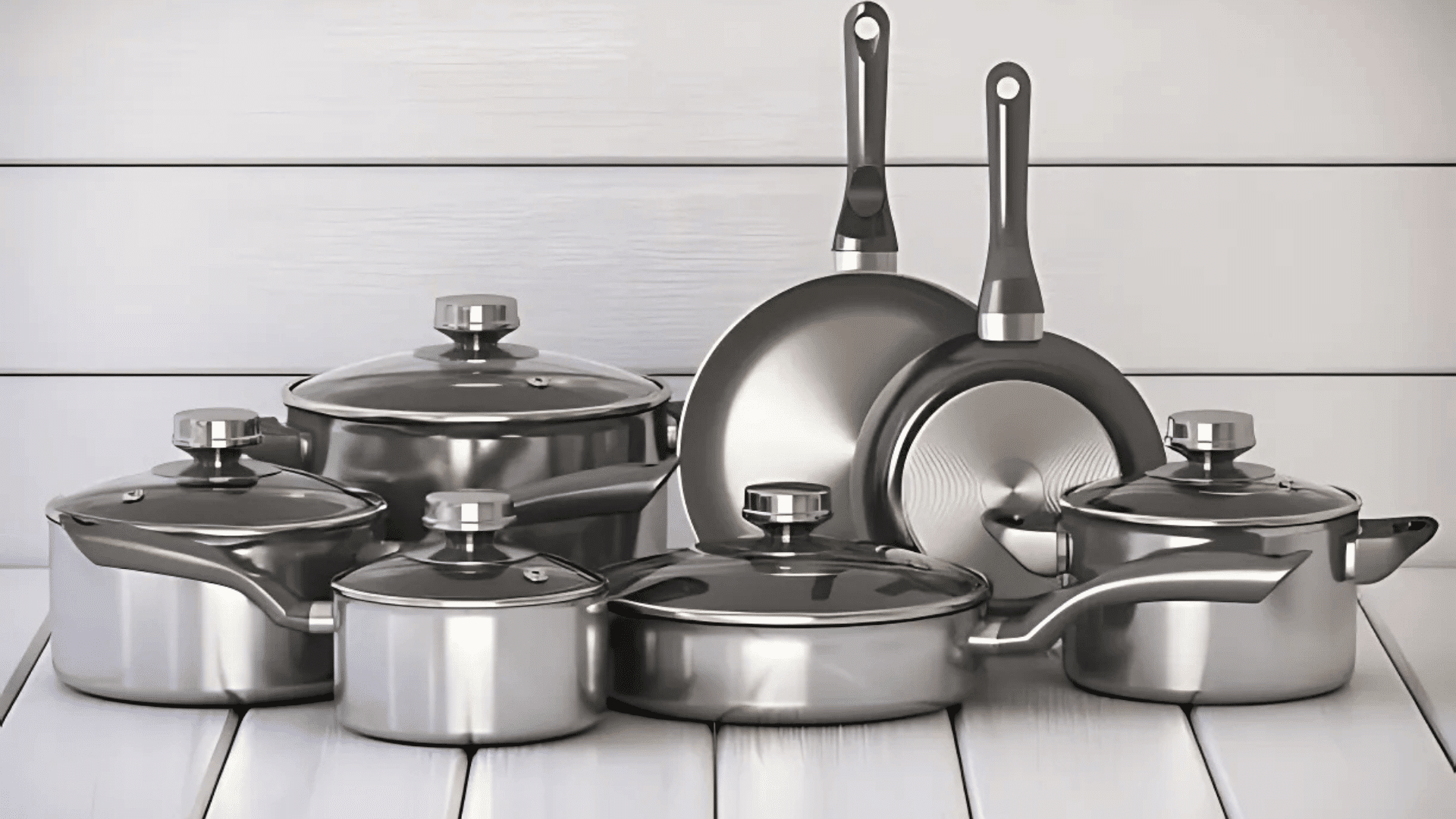
Why it’s the safest: Doesn’t react with any foods, even acidic ones like tomatoes or vinegar.
Stainless steel won’t rust, chip, or break down over time. It can handle any temperature you throw at it – from stirring boiling pasta to flipping pancakes on high heat.
What to look for: 18/8 or 18/10 stainless steel for extra durability.
It’s dishwasher-safe, lasts for decades, and never leaches chemicals into your food.
Food-Grade Silicone
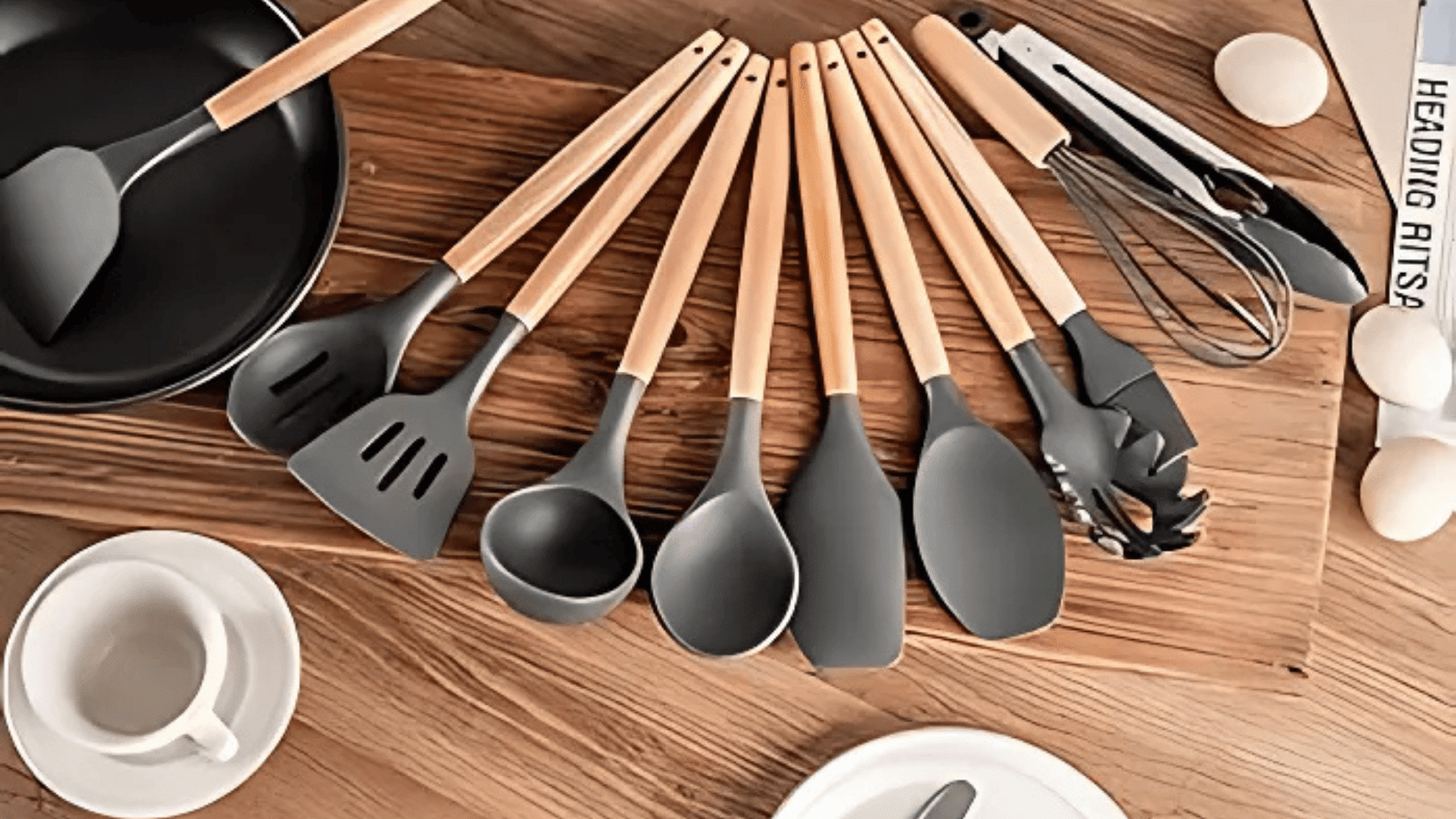
Why it’s safe: Real food-grade silicone stays stable up to 500°F without releasing chemicals.
Unlike cheap rubber or plastic, quality silicone won’t melt or crack. It’s naturally non-stick and gentle enough for expensive nonstick pans.
Important warning: Only buy true food-grade silicone. Cheap knockoffs contain unsafe fillers.
This material is flexible, heat-resistant, won’t scratch cookware, and cleans easily.
Natural Wood and Bamboo
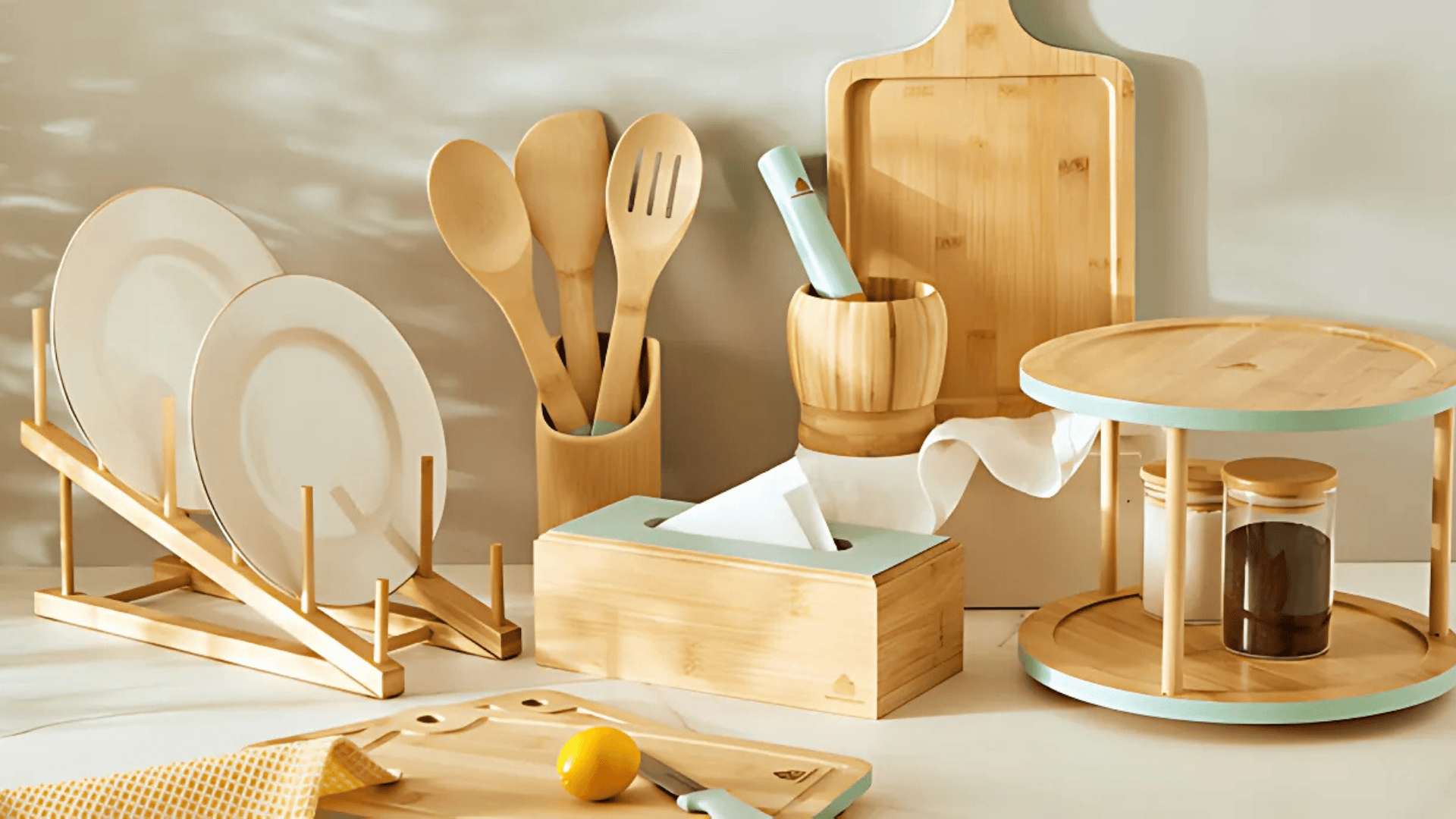
Why they’re safe: Untreated wood and bamboo are naturally antimicrobial – they kill bacteria on contact.
These materials feel great in your hand and won’t conduct heat like metal utensils. Bamboo is also eco-friendly since it grows incredibly fast.
Key requirement: Must be untreated. Avoid wooden utensils with stains, finishes, or coatings.
They’re gentle on all cookware, naturally antibacterial, and comfortable to use.
Which Materials Work Best Where?
| Situation | Best Choice | Good Option | Avoid |
|---|---|---|---|
| High Heat Cooking | Stainless steel (any temp) | Food-grade silicone (up to 500°F) | Wood/bamboo |
| Acidic Foods | Stainless steel (no reaction) | Wood/bamboo with care | None – all safe |
| Long-Term Use | Stainless steel (minimal care) | Wood/bamboo (needs oiling) | Cheaper alternatives |
Certifications and Labels That Guarantee Safety
Shopping for safe kitchen utensils can feel confusing with all the labels and claims. Here’s what actually matters.
What Does “Food-Grade” Really Mean?
Food-grade means the material has been tested and approved for direct contact with food. It won’t leach harmful chemicals or change the taste of what you’re cooking.
But here’s the problem: anyone can slap “food-grade” on their packaging. There’s no universal standard that guarantees safety. That’s why you need to look for real certifications.
Safety Certifications You Can Trust
1. FDA-Approved The Food and Drug Administration tests materials that touch food in the United States. This certification means the product meets strict safety standards for chemical leaching and toxicity.
Look for products that specifically say “FDA food contact approved” rather than just “FDA compliant.”
2. LFGB Compliant This German certification is often stricter than FDA standards. LFGB tests for more chemicals and has lower acceptable limits. Products with this label have passed rigorous European safety tests.
If you see LFGB on packaging, it’s a strong sign of quality and safety.
3. BPA-Free This label means the product doesn’t contain Bisphenol A, a chemical linked to hormone disruption. But be careful – some manufacturers replace BPA with similar chemicals like BPS or BPF.
Look for labels that say “BPA, BPS, and BPF free” for better protection.
4. EcoCert This certification focuses on environmental safety and sustainable production. While not specifically about food safety, EcoCert products typically avoid harmful chemicals.
It’s a good bonus certification but shouldn’t be your only safety indicator.
How to Read Packaging
Red flags to watch for: Made with vague terms like “non-toxic” or “safe” without backing certifications. Claims that seem too good to be true. Missing country of origin information.
Green flags that show quality: Multiple certifications from different agencies. Clear material composition listed. Company contact information and website. Temperature limits clearly stated.
The smart shopping rule: If the packaging doesn’t list specific certifications or material details, keep looking. Quality manufacturers are proud to show their safety credentials.
Remember, the cheapest option usually cuts corners on safety testing. Invest a little more for certified products that protect your family’s health.
Quick Safety Comparison: All Materials at a Glance
| Material | Safety Rating | Max Heat | Best For | Red Flags |
|---|---|---|---|---|
| Stainless Steel | ✅ Excellent | Any temp | All cooking tasks | Cheap, thin versions |
| Food-Grade Silicone | ✅ Very Good | 500°F | Baking, scraping | No certification label |
| Natural Wood | ✅ Good | Low-medium | Mixing, serving | Varnish, cracks, stains |
| Bamboo | ✅ Good | Low-medium | Light tasks | Chemical treatments |
| Nylon | ⚠️ Fair | 400°F | General cooking | Scratches, melting |
| Plastic (BPA-free) | ⚠️ Poor | Under 200°F | Cold prep only | Heat exposure, age |
| Aluminum | ❌ Risky | High | Avoid cooking | Acidic foods, daily use |
| Teflon-Coated | ❌ Dangerous | Under 400°F | Avoid entirely | Chips, overheating |
Your Kitchen, Your Family’s Health
You don’t have to overhaul your entire kitchen overnight. Small changes make a big difference when it comes to keeping harmful chemicals away from your food.
Start with the utensils you use most often. Replace your old plastic spatula with a stainless steel one. Replace melted silicone tools with certified food-grade versions. Choose natural wood over synthetic materials when possible.
Your family’s health is worth the investment. Every time you cook with safe, non-toxic utensils, you’re protecting the people you care about most.
Select one utensil in your kitchen that needs to be replaced. Check it against what you’ve learned here. Does it have proper certifications? Is it made from safe materials?
Your future self will thank you for making these changes now. Start small, but start today.





